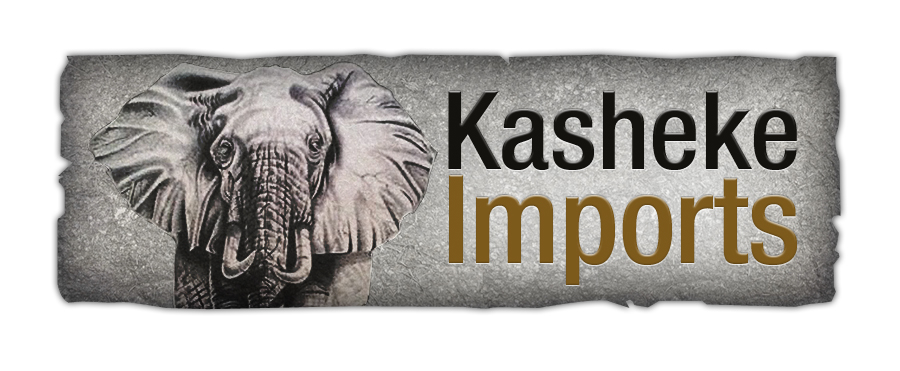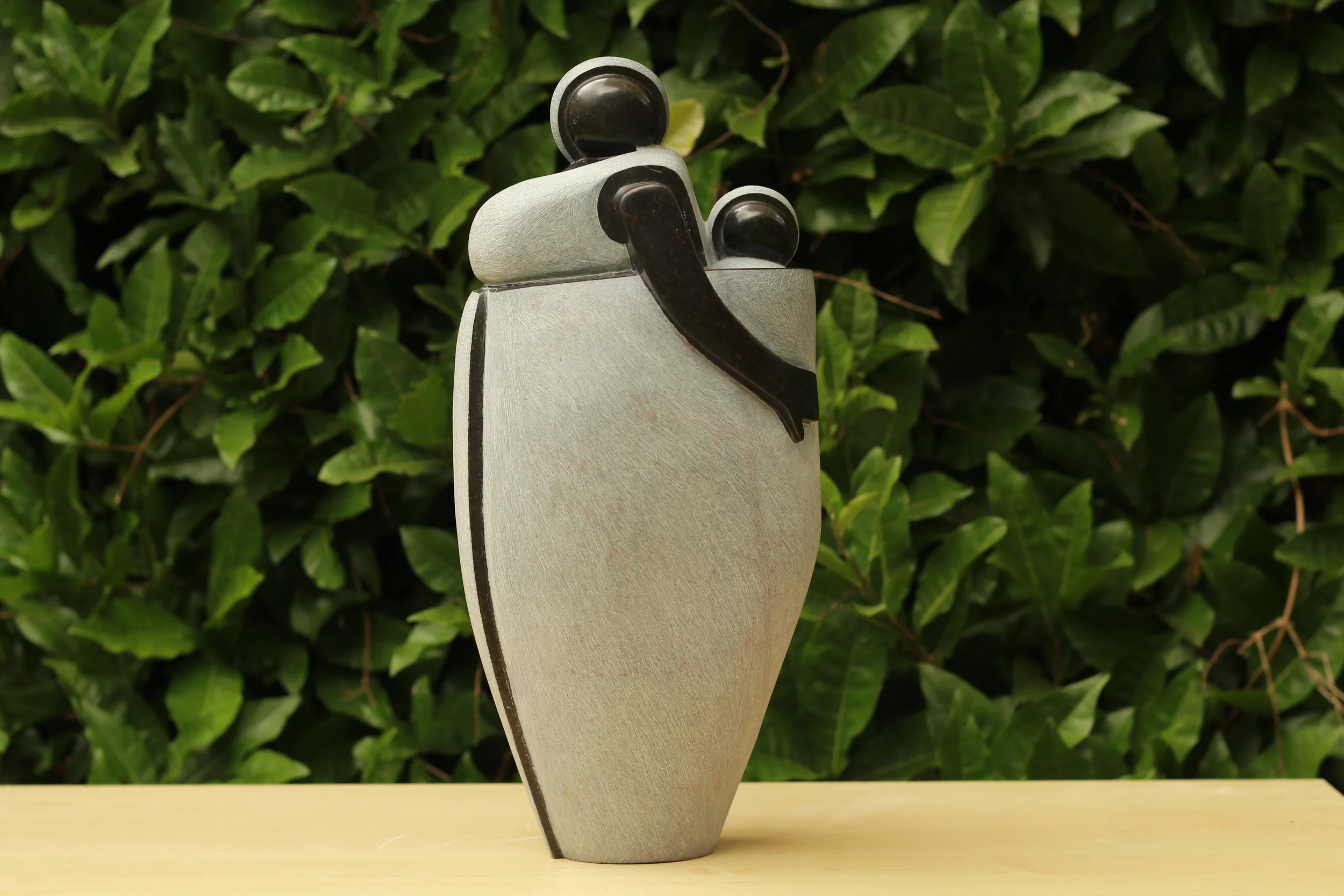Introduction
Modern Zimbabwe is a land of contrasts and timeless beauty. Its ethereal beauty is reflected in its wide open spaces and never-ending canopy of sky, thickly forested escarpments, game parks teeming with wildlife, cascading waterfalls and so much more. It is this beauty that transcends into the Shona people’s culture, beliefs and artistic expression. Zimbabwean stone sculpture is a singular phenomenon in the context of African art. It is impossible to compare it with art from any other African country. Much of this style’s singularity rests in its history and environment.
In 1965 the first exhibition of Shona Stone Sculpture abroad was held. In 1968 pieces were put on display at an exhibition at the New York Museum of Modern Art. International recognition came with the special exhibition at the Musée Rodin in Paris. The subjects shown in these early works were unquestionably African.
The frequently anthropomorphic figures symbolized the belief in the original union of man and animal.
The most important artists developed their own distinctive styles over the years. For example:
Henry Munyaradzi’s minimalist representation of the human head reminds us of Paul Klee.
Nicholas Mukomberanwa’s work reveals Cubist influences.
John Takawira’s style revolves around an expressive dissolution of contours.
The exhibitions at the National Gallery, which displayed pieces by Pablo Picasso, Roger Moore and other European modernists as well as ethnic African art, must have influenced the artists.





